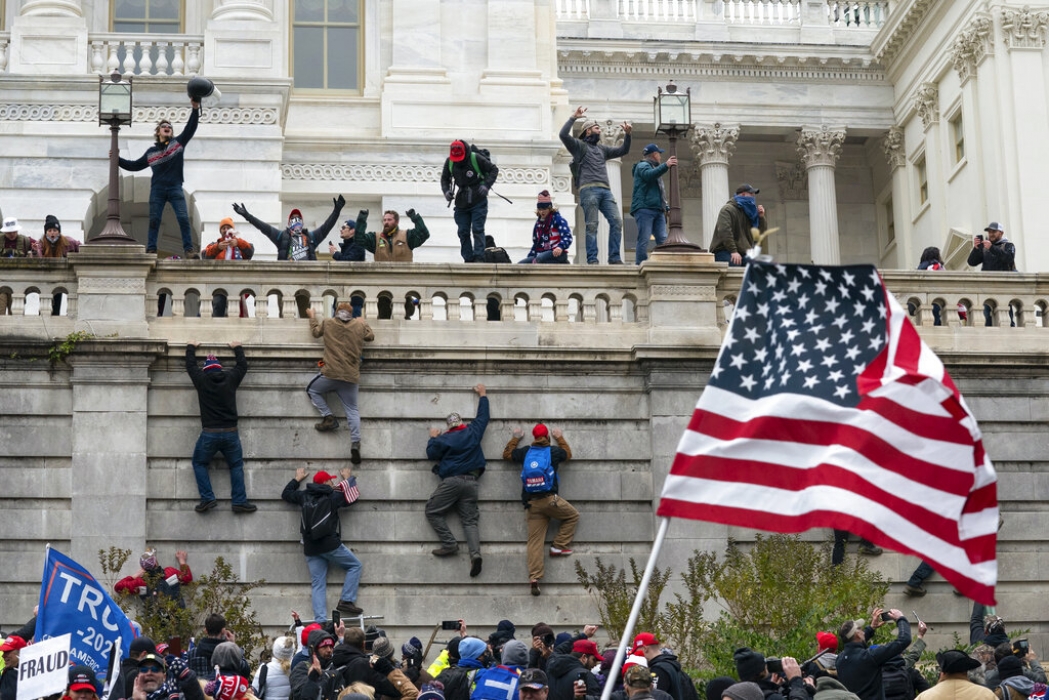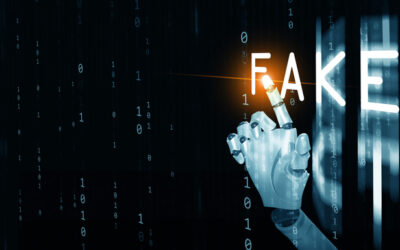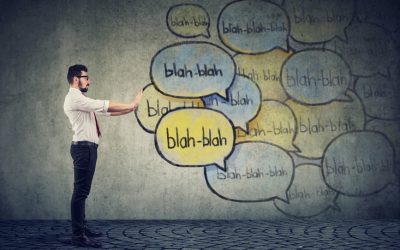In the politically volatile world we live in, the term “stochastic terrorism” captures the growing concern over how public figures, media, and government actions can incite individual acts of violence. This topic has been on my mind lately, so I thought I’d write about it here.
Defining Stochastic Terrorism
Stochastic terrorism occurs when public figures or media entities use rhetoric that incites violence without directly calling for it. The stochastic terrorist spreads messages that encourage their audience to act as lone agents of chaos. This form of terrorism is unpredictable because it relies on the law of probabilities — someone, somewhere, will do something violent.
The Role of Leaders and Ideologues
Donald Trump and Joe Biden represent different ends of the political spectrum, yet both have been accused of using rhetoric that could incite stochastic terrorism. Trump’s direct and often confrontational style has frequently been highlighted in the media as incendiary. In contrast, Biden’s subtler ideological messages also contribute to an atmosphere where extreme reactions become more likely, albeit in different ways. The key issue here is not the intent but the potential interpretation and misuse of their words by unstable or extremist individuals. For example:
- Donald Trump: His incitement of the January 6, 2021 Capitol attack is a stark example of stochastic terrorism. Trump’s rhetoric at the “Save America” rally and his persistent claims of a stolen election motivated thousands to storm the Capitol, leading to widespread violence and chaos.
- Joe Biden: Biden’s unwavering support for controversial foreign policies, like those in Palestine, despite significant opposition, serves as a subtler form of stochastic terrorism. This is especially true when that speech includes repeating disinformation from the Presidential podium. These policies can polarize public opinion and inspire extremist reactions, highlighting how ideological persistence might indirectly contribute to societal divisions and potential violence.
Impact of Fringe Groups and Law Enforcement Responses
Groups like the Proud Boys in the U.S. and Israeli settlers in the Middle East thrive in environments where their actions appear to be tacitly endorsed or insufficiently countered by law enforcement. This perceived impunity can escalate their activities and inspire further violence from their ranks or their opponents, enhancing the stochastic nature of this terrorism. The lack of consistent law enforcement response sends a signal that such groups can operate at the margins of legality, often pushing boundaries further. Two recent examples in the U.S come to mind:
- Greg Abbott: The Texas Governor’s pardon of a protester’s murderer can be seen as an implicit endorsement of violent retaliation against political demonstrators, potentially encouraging similar acts of violence by signaling a lack of consequences.
- Eric Adams: In New York, Mayor Adams’ management of protests has been criticized for seemingly encouraging a harsh police response against peaceful protesters, exemplifying how governmental actions can escalate to stochastic terrorism by setting a precedent that violence is an acceptable control measure.
Media’s Role and Public Reaction
Media plays a pivotal role by amplifying messages that might otherwise remain confined to smaller audiences. Both mainstream and social media can inadvertently serve the interests of stochastic terrorists by giving them a platform and an audience. Public reactions to media reports can further exacerbate the situation, creating a feedback loop that encourages more extreme rhetoric and actions.
Psychological Perspectives
From a psychological standpoint, the rhetoric used by leaders and media can activate an “us vs. them” mentality, strengthen in-group biases, and dehumanize perceived enemies. These processes make it easier for individuals to justify violence. Research suggests that repeated exposure to hate speech increases the likelihood of aggressive actions, even if specific orders are never given.
Mitigating Stochastic Terrorism: The Role of Each of Us
Combating stochastic terrorism is not only a systemic challenge but also a personal responsibility. Every individual plays a crucial role in either fueling or cooling the fires of extremism. Here’s how you can contribute:
- Personal Accountability in Communication:
- Think Before You Speak or Share: Reflect on the impact of your words and shares on social media. Are they promoting understanding and facts, or are they spreading misinformation or bias?
- Challenge Extremism in Your Circle: Engage with friends and family when they share extremist views. Doing so respectfully can prevent the normalization of harmful rhetoric.
- Critical Consumption of Media:
- Fact-check Information: Verify the authenticity of the information before accepting or spreading it. Use fact-checking websites to debunk falsehoods and prevent the spread of misinformation.
- Support Ethical Journalism: Choose to consume and financially support media outlets that are known for responsible reporting and not sensationalizing violent or extremist content.
- Civic Engagement:
- Educate Yourself and Others: Learn about the psychological and social underpinnings of stochastic terrorism and share this knowledge in your community.
- Participate in Community Dialogues: Join or initiate forums that foster discussions on violence prevention and the role of rhetoric in shaping societal behaviors.
- Advocate for Systemic Changes:
- Support Policies That Strengthen Social Cohesion: Advocate for policies that promote integration and understanding across diverse communities.
- Demand Accountability: Hold public figures and media accountable for the content they disseminate. Engage in campaigns or petitions that call for responsibility from those in power.
Stochastic terrorism is not the result of a single speech or tweet; it is a complex interplay of leadership rhetoric, media portrayal, public reaction, and law enforcement responses. By adopting a proactive stance and engaging in better media literacy practices on and off line, each of us can help de-escalate potential conflicts and promote a more peaceful society. Remember, in the fight against extremism, the most powerful weapon is our collective commitment to defeat misinformation and extremism.
Sources:
- Meloy, J.R. & Anman, M. (2022) Stochastic Terrorism: A Linguistic and Psychological Analysis. Perspectives on Terrorism.
- Angove, J. (2022) Philosophical and Public Security Law Implications of ‘Stochastic Terrorism’. Max Planck Institute for the Study of Crime, Security, and Law.
- Eisen, N., Ayer, D., Perry, J. Bookbinder, N. & Perry, E.D. (2022) Trump on Trial: A Guide to the January 6 Hearings and the Question of Criminality. Brookings.
- Podcast (2022) What are the final revelations from the January 6 investigation? Al Jazeera.













0 Comments